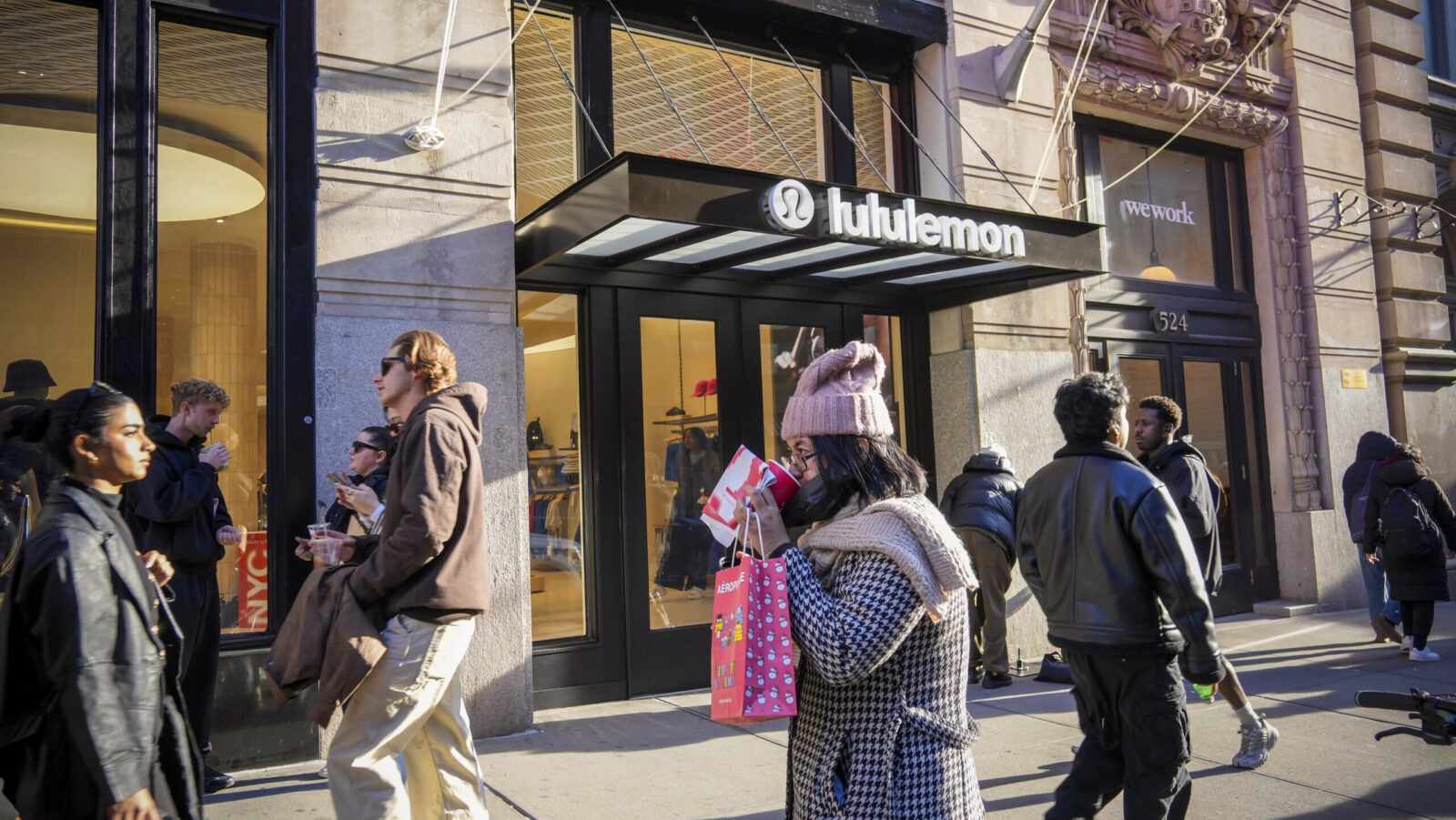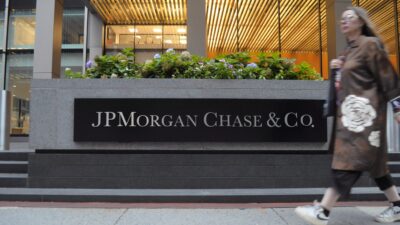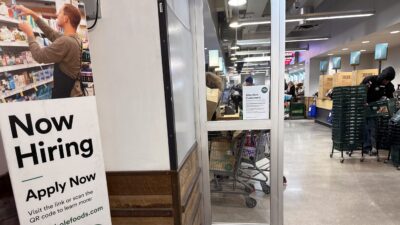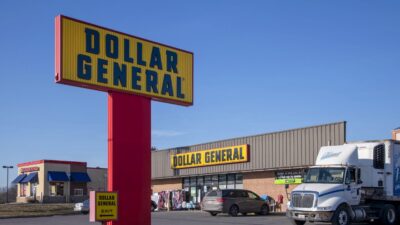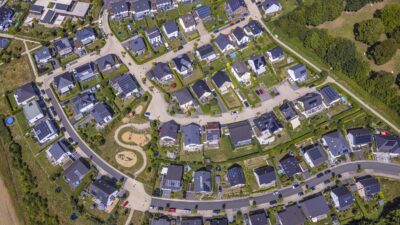Housing Will Drag the Most on US Growth in H2 2025 Slowdown, Says Goldman
On the other hand, the market slowdown is — ever so incrementally — taking a toll on house prices, according to Zillow forecasts.
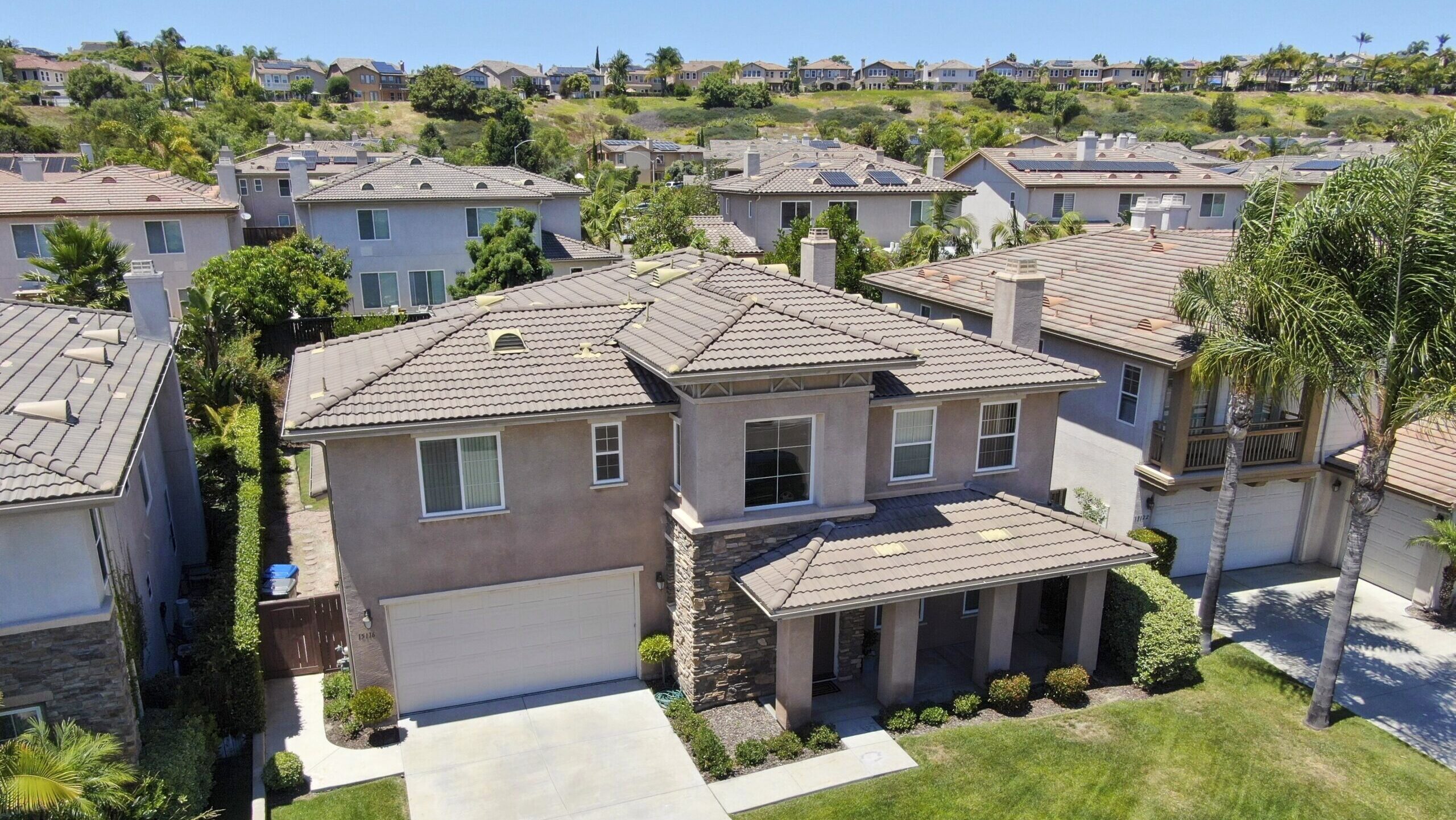
Sign up for smart news, insights, and analysis on the biggest financial stories of the day.
Sloths, snails, and tortoises. These may well be the spirit animals of the US economy in the second half of 2025, according to Goldman Sachs.
The leading investment bank forecasted growth in the final two quarters of the year to be just 1% in a new note, with sluggish consumer spending expected alongside “a sharp slowdown in real income growth that reflects weaker job growth.” In addition, the “largest drag on growth” of all will likely be the housing market, with Goldman predicting residential investment — or the amount spent on new homes, apartments, and renovations to existing properties — will fall 8% in the final six months of 2025.
Not Ceiling the Deal
The sluggishness will register pretty much across the board. Goldman expects consumer spending, the almighty engine of the economy, to rise just 0.8% in the second half of the year and business investment to grow just 0.6%. The estimates follow a dramatic downward revision in job gains for May and June by the Bureau of Labor Statistics on Friday, which came as the Bureau reported a disappointing 73,000 job gain for July. “Taken together, the economic data confirm our view that the US economy is growing at a below-potential pace,” Goldman wrote.
The economic uncertainty resulting from rapid shifts in US government policy, of course, looms as the major factor here. A slowdown in immigration amid a crackdown by the US administration, Goldman noted, could slow household creation. If the labor market remains soft, the housing market will feel it more. And the significant slowdown in residential investment that Goldman foresees underscores just how difficult the housing market already is for just about everyone:
- For buyers, interest rates are still at elevated levels, meaning mortgage rates have stayed right there with them, averaging 6.7% as of last week, according to Freddie Mac. Home prices are up 55% since the start of 2020, according to the Case-Shiller U.S. National Home Price Index. Underscoring the shortage of buyers looking for an expensive house with an expensive mortgage, listings are outpacing sales, which has driven up housing inventory by 17% this year as of mid-July, according to Zillow.
- For developers, the 627,000 new single-family home sales in June was down 6.6% year over year, while the 511,000 new homes for sale was an 8.5% year-over-year increase, suggesting houses are lingering on the market unsold. Sellers, too, are encountering a market that’s not ready to pay what they’re asking for: delistings shot up 47% year-over-year in June, according to Realtor.com, in a sign homes are being taken off the market because of bids that don’t cut the mustard on the complimentary house opening canapés.
The Buyer’s Upside: “Residential investment is likely to remain the largest drag on growth,” Goldman wrote. On the other hand, the market slowdown is — ever so incrementally — taking a toll on prices. Zillow forecasted last month, even before the disappointing job numbers, that home values will fall 2% by the end of 2025, more than previously anticipated. The market cooling is a housewarming gift for some lucky future buyers. And, with the market pricing in a 93% chance of interest rate cuts in September following last week’s weak data, mortgages may soon come down ever-so-slightly as well.
